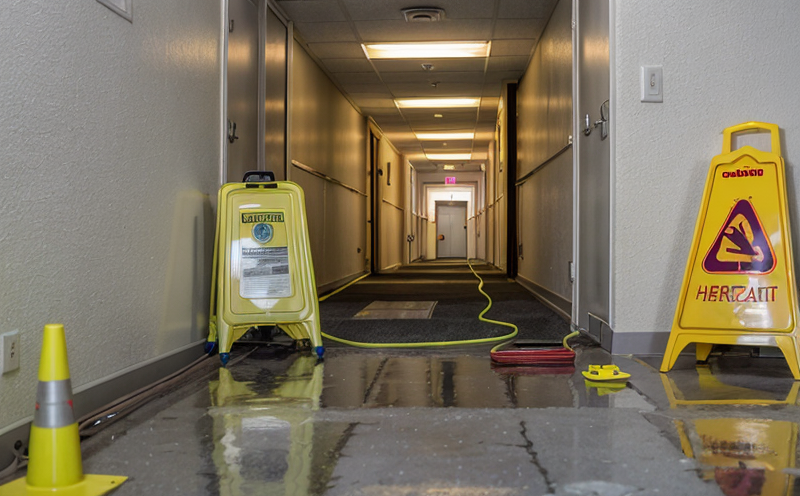OSHA 1910 307 Hazardous Locations Compliance Testing
The Occupational Safety and Health Administration (OSHA) standard OSHA 1910.307 mandates compliance testing for equipment used in hazardous locations to ensure worker safety. This regulation applies to industries such as oil & gas, chemical manufacturing, petrochemicals, and other sectors where explosive atmospheres may be present.
Hazardous location testing is a critical component of ensuring that equipment meets the necessary standards set forth by OSHA 1910.307. This regulation aims to protect workers from electrical explosions caused by equipment not designed for use in hazardous locations. Equipment failure can lead to catastrophic events, including fires and explosions. Therefore, it is essential to test devices before they are deployed.
Compliance testing involves a series of rigorous tests that simulate the conditions found in hazardous environments. These include:
- Electrical insulation resistance measurement
- Intrinsic safety certification
- Bomb calorimeter testing for maximum permissible current and voltage
- Temperature rise testing under specified conditions
- Flameproof enclosures (d) testing per IEC 60079-1 standards
- Air gap testing as per EN 50284:2015
- Intrinsically safe barriers and associated circuitry testing to IEC 61140:2003
During the testing process, all equipment is subjected to environmental conditions that simulate real-world use. This includes temperature variations, humidity levels, and exposure to flammable gases or vapors.
The primary goal of this service is to ensure that the equipment meets stringent safety standards, thereby preventing accidents in hazardous locations. By adhering to OSHA 1910.307 requirements, companies demonstrate their commitment to worker safety and compliance with regulatory guidelines.
In summary, our testing ensures that products are safe for use in potentially explosive environments by verifying they meet the necessary criteria outlined by OSHA 1910.307. This service plays a crucial role in protecting workers from electrical explosions and other hazards associated with equipment failure in hazardous locations.





